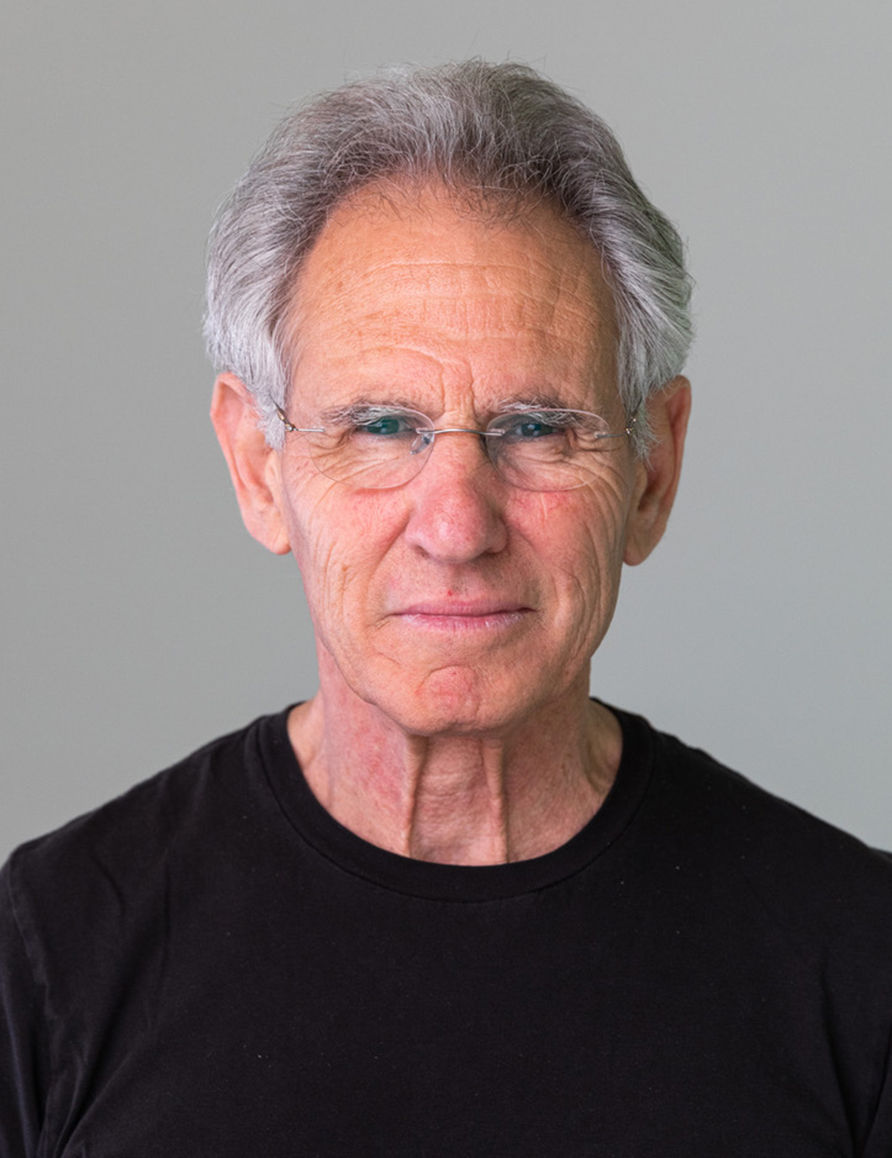Mindfulness Means...
- pwillywood
- Sep 1, 2024
- 3 min read
Updated: Sep 16, 2024
“Mindfulness practice means that we commit fully in each moment to be present; inviting ourselves to interface with this moment in full awareness, with the intention to embody as best we can an orientation of calmness, mindfulness, and equanimity right here and right now.” ― Jon Kabat-Zinn, Wherever You Go, There You Are: Mindfulness Meditation in Everyday Life

I often feel slightly perturbed when asked what I do for a living. I tend to to say, I am a mindfulness coach or I teach mindfulness, yet this response causes some mild angst within me for two reasons.
First, I have no idea what mindfulness means to the person I am talking to. It is often misunderstood or misrepresented, we will come back to this later.
Secondly, I don’t consider myself a teacher; I see mindfulness as the teacher. I trust that mindfulness, when practised, can guide us toward greater peace and happiness in our own lives.
It’s an internal experience, and while there can be sudden realisations, more often than not, the changes sink in more gradually.
So, I consider myself more of a mindfulness assistant. Hopefully, this helps point you toward the true teacher—your own mindfulness practice.
Let’s clarify the meaning of mindfulness in varying contexts. I usually refer to a beautiful definition from the Mindfulness Association (MA): "Knowing what’s happening while it’s happening without preference." This is a great definition, but it’s not entirely telling or self explanatory. Therefore it's helpful to explore what mindfulness means in different settings.
This distinction is important because we often confuse the state of mindfulness with the practice itself.
When we confuse the two, we may impose unnecessary expectations on ourselves, adopting a success-oriented mindset that can hinder our progress in the long run. Check out the different meanings of mindfulness across just a few of its applications.
Mindfulness as a State of Being: is when we are being mindful - it’s characterised by being aware, present, open, receptive, calm, and non-judgemental.
Mindfulness Meditation: is the deliberate practice of mindfulness for a set period. This practice helps us cultivate the state of mindfulness. It often involves focusing on one thing then noticing how easily the mind wanders, and returning it to our focus. It gives us the opportunity to practice being mindful with ourselves and our own unique, ever-changing, human experience.
Living Mindfully: We are engaging in a greater awareness of how our lives and choices intersect with others, and how they affect our home, the planet, and ourselves.
Doing Mindfully: Bringing more awareness to the present moment through activities such as colouring, playing, or listening to music.
Eating Mindfully: The practice of being fully present during meals, paying attention to the taste, texture, and aroma of food, as well as recognising hunger and satiety cues. It involves being aware of the sources of food and its impact on health and the environment.
Communicating Mindfully: A practice that involves being fully present during conversations, listening actively, and responding thoughtfully. This approach fosters deeper connections and reduces misunderstandings.
Mindfulness as a misconception! Some things I hear about mindfulness can make my teeth curl slightly - things like.. “mindfulness is about clearing your mind or stopping thoughts”, “I can’t do mindfulness”, or “mindfulness is a waste of time”. These all point toward a misunderstanding mindfulness.
To summarise:
Mindfulness is about cultivating a state of being that is present, aware, and kind. It involves being fully engaged in the moment, which goes beyond mere presence; because even animals can be present but may not possess mindfulness.
True mindfulness encompasses a heightened awareness of our thoughts, feelings, and surroundings. It invites us to approach our experiences with a non-judgemental attitude and to extend kindness towards ourselves and others, including acceptance of what we cannot change.
Ultimately, mindfulness is a multifaceted practice that encourages us to explore both our inner and outer worlds with curiosity and compassion. I invite you to start small—perhaps by dedicating a few minutes each day to focus on your breath.
Remember, your journey in mindfulness is uniquely yours, and each step you take contributes to your personal growth and well-being.
For more insights, join our Midweek Mindfulness.
---


